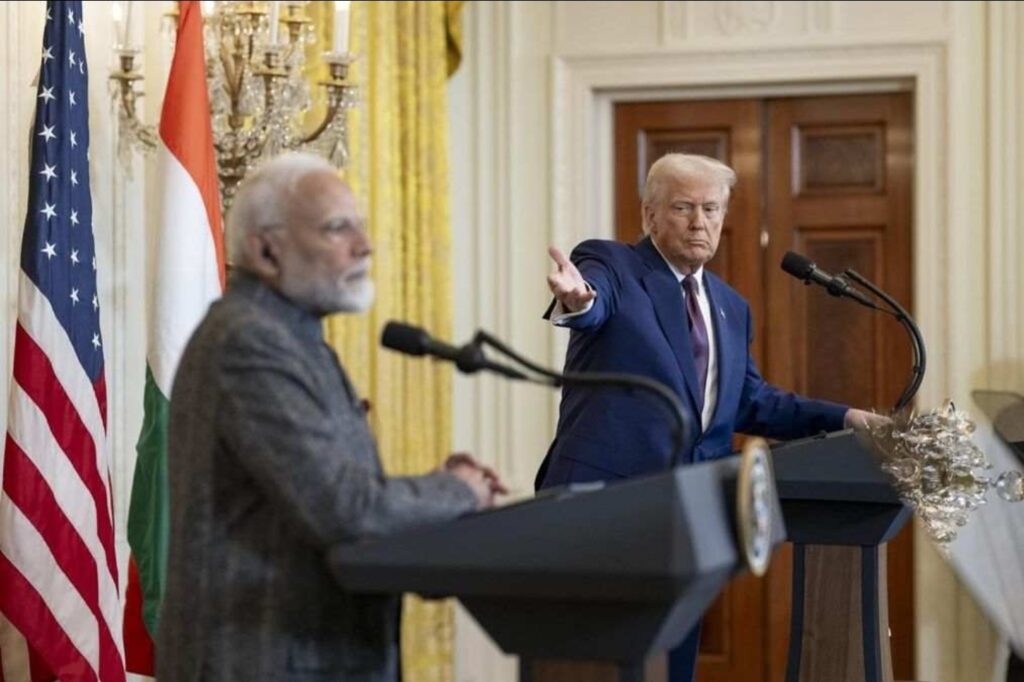
India has effectively withdrawn from trade negotiations with the United States after President Donald Trump imposed punitive tariffs of up to 50% on Indian goods, escalating tensions between the two nations. The additional tariffs, which took effect on August 27, were introduced as a penalty for India’s continued purchase of discounted Russian crude oil amidst ongoing geopolitical conflicts.
Former Indian Finance Secretary Subhash Garg stated that meaningful trade discussions are no longer feasible under such high tariffs, noting that no trade can be sustained when duties reach 50%. The collapse of trade talks was marked by the cancellation of a planned visit by U.S. trade negotiators to New Delhi, dashing hopes for any tariff relief.
The dispute stems from Washington’s criticism of India’s Russian oil imports, which Trump characterized as profiteering. However, Indian officials and analysts argue that these claims are exaggerated, pointing to lower actual savings from discounted oil and adherence to global price caps. Prime Minister Narendra Modi has vowed to protect India’s agricultural interests despite the heavy economic price of the standoff.
The new tariffs threaten India’s largest export market, risking billions in trade and jobs across labor-intensive sectors like textiles, gems, seafood, and furniture. Economists warn the move could slow India’s GDP growth by nearly half a percent in the coming fiscal year. While some diplomatic conversations continue in defense and foreign policy areas, trade relations remain at an uneasy standstill as India considers recalibrating its negotiating strategies to maintain sovereignty and equality in talks.
This trade impasse highlights the broader challenges in the U.S.-India strategic partnership, revealing how geopolitical conflicts and economic protectionism can quickly undermine promising economic cooperation between two of the world’s largest democracies.







